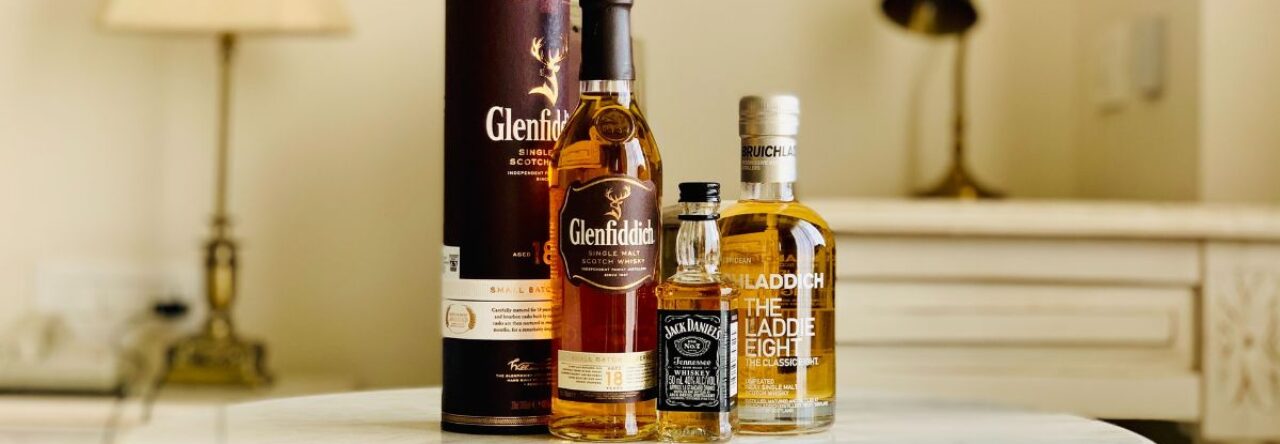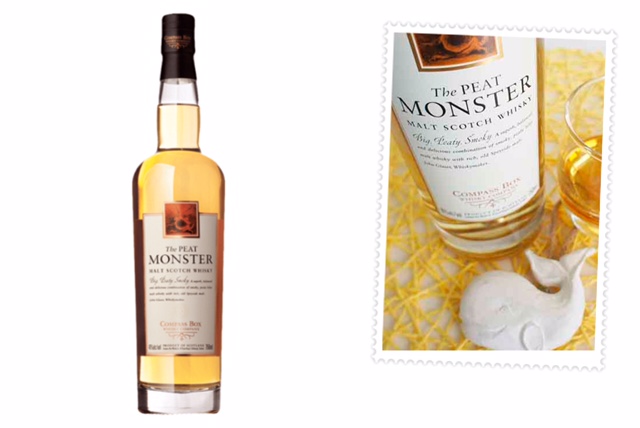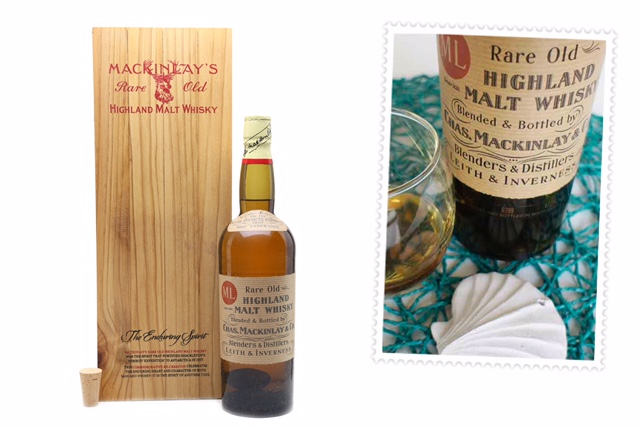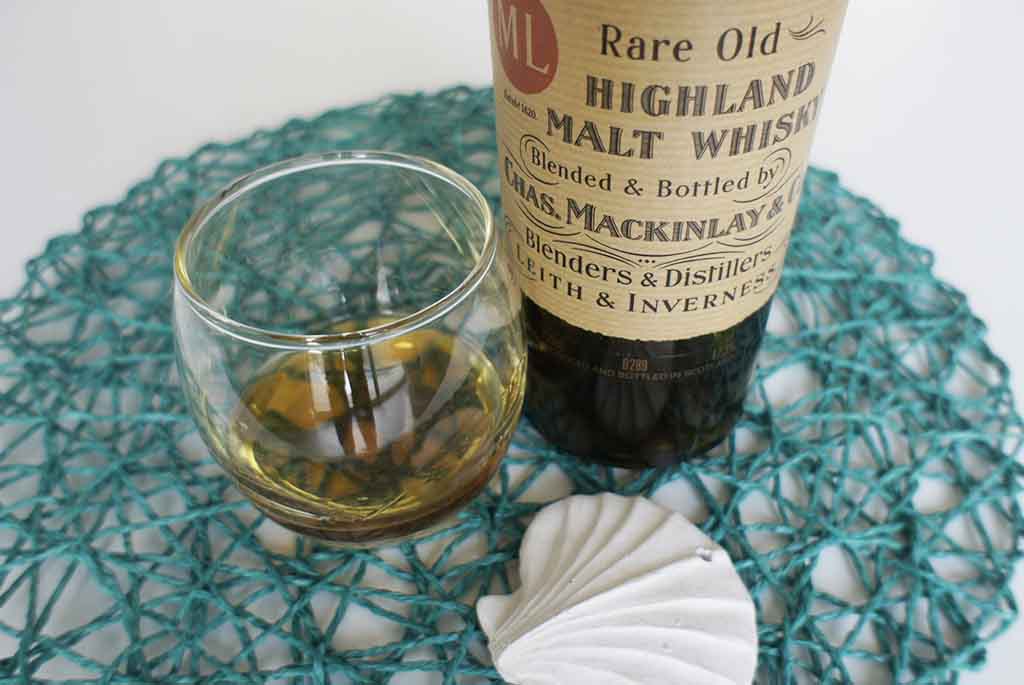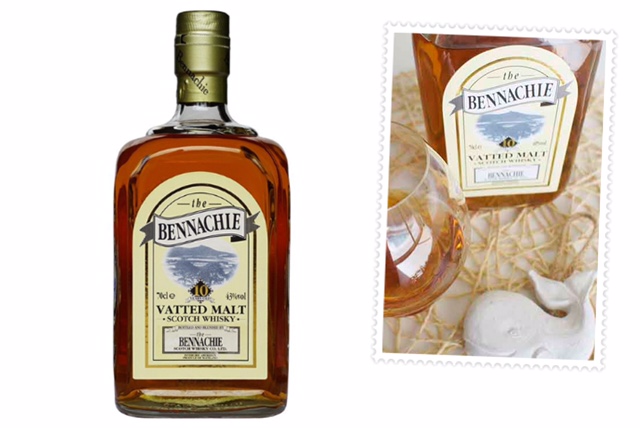
I bought a bottle of Bennachie 10 year old vatted malt Scotch whisky on auction some time ago. I have never seen the name before, so it was an interesting bottle to get. William Smith started the Bennachie distillery in 1824 as the Jericho Distillery near the village of Insch.
The distillery changed hands a few times, and some extensions and changes were made. One of the new owners changed the distillery’s name to Bennachie, after the Aberdeenshire Mountain. The distillery shut its doors in 1913, and 6 years later, Lawrence MacDonald Chalmers purchased it.
Attempts were made to reopen the distillery but failed. United Brands took over the name and started the Bennachie Scotch Whisky Company Ltd in 1998. The Bennachie name is used for a range of vatted malts.
According to the back of the bottle: “A blend of only the finest single malt whiskies distilled in Scotland. They have been ‘married’ at 10 year old to achieve the mellow yet slightly woody taste which has enabled us to simulate the taste of the original Bennachie whisky.”
What is Vatted Malt / Blended Malt?
All of this raised the question; what is vatted malt? I found various clarifications, and simply put, it all comes down to :
Single Malt: A whisky made at one particular distillery from a mash that uses only malted grain, ordinarily barley.
Blended whisky: Produced by mixing (blending) different types of whisky into one. These whiskies can be single malts and grain-based whiskies.
Vatted Malt (or renamed as blended malt whisky): a blend of only single malt whiskies with no other grains added. The single malts can be from more than one distillery. An example of a blended malt is the Monkey Shoulder whisky, a blend between the Glenfiddich, Kininvie and Balvenie single malts) or the Douglas Laing Remarkable Regional Malt releases such as Scallywag, Rock Oyster and Big Peat.
But more importantly, how does this Bennachie vatted malt taste?
Related Article: Shackleton whisky
Bennachie 10 year old Whisky Review

ABV: 40%
COLOUR: A rich gold. It is quite an oily whisky with long fingers on the inside of the glass.
NOSE: Barley, cereals and wood. There are hints of flowers, vanilla and butterscotch. In the background, there are bits of citrus floating around. When you add a bit of water, more green apple notes appear on the nose.
PALATE: Mild spice and bitter citrus intermingling with oak, greengage and flowers. It is quite a delicate whisky. Adding water smooths the whisky but also brings out more of the bitter citrus notes. This Bennachie Vatted Malt Scotch is not a very complex whisky.
FINISH: Quite short and end in notes of oak and citrus.
RATING: GOOD
It is interesting to have in the collection, but the unusual bottle shape is probably more memorable than the whisky. I see that Master of Malt stocked the Bennachie range but lists them all now as ‘Discontinued’.
Also Read: Kamiki whisky
